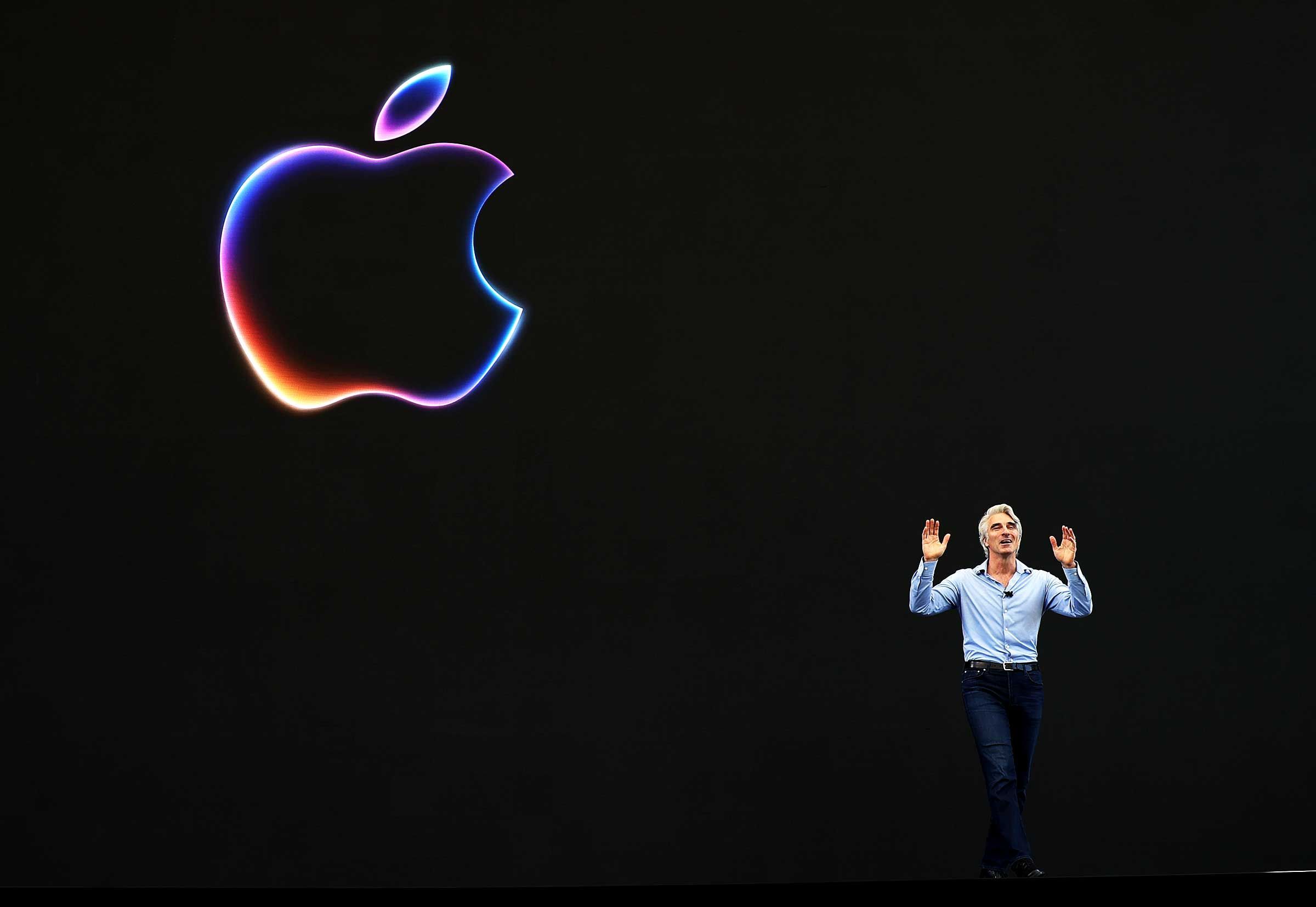All products featured on WIRED are independently selected by our editors. However, we may receive compensation from retailers and/or from purchases of products through these links.
Confused by Apple’s naming conventions? You’re not the only one. Bloomberg reports that this year at WWDC, Apple plans to announce a broad overhaul of all of its operating systems. That includes renaming them to be more consistent. Starting this year, Apple will reportedly begin denoting each OS version for each product by year, instead of by version. Confusingly, it will start with the next year, rather than this year (just like cars). So the versions we’ll see at this year’s WWDC will not be iOS 25, but rather iOS 26, watchOS 26, and so on, in place of iOS 19 and watchOS 12.
The move is reportedly part of a larger push toward a cohesive user experience across platforms. The overhaul could encompass everything from updated icons, apps, buttons, and a fresh design language, and it’s expected to be universal across all the operating systems. Apple’s fundamentally simple and irresistible user interface is a core part of the company’s DNA, so it will be interesting to see how customers react to a big redesign (hopefully better than the Apple Photos redesign). We’ll find out at WWDC, which kicks off on June 9 at 1 pm ET. —Adrienne So
OnePlus Succumbs to AI
After a light smattering of features when it launched the OnePlus 13 in January, OnePlus is now ready to go all in on AI for its phones. Its approach is quite similar to what Nothing introduced a few months ago on the Nothing Phone (3a) series: a dedicated AI button on the side of the phone, though this one replaces the original OnePlus Alert Slider.
Dubbed the Plus Key, you can customize it to trigger specific apps or shortcuts on the phone, with an interface that looks almost exactly like Apple’s Action Button. By default, it launches AI Plus Mind, a system that will save whatever’s on the screen so you can recall it later. The idea is that you’ll press it when you see an ad for a concert while browsing, or an event invite—pressing the Plus Key will save the relevant info in the companion app, and the app will extract helpful info to create a calendar event on your behalf.
The Plus Key and AI Plus Mind will debut first on the OnePlus 13s, a phone launching in select markets this June; it’s not coming to the US. Later this year, the AI features will roll out to the OnePlus 13 series, with other devices to follow. OnePlus says it’s actively working on more features like AI VoiceScribe, to record, summarize, and translate calls and meetings; AI Translation, to consolidate all translation capabilities into one app; and AI Reframe, to adjust the composition of your shots with generative AI.
Samsung’s Next Folding Phones are Coming
Samsung is rumored to announce its next generation of folding phones sometime this summer—the Galaxy Z Fold7 and Z Flip7—and the company officially confirmed this in a blog post announcing the rollout of the One UI 8 beta program. One UI is the name of Samsung’s Android layer, and version eight is based on the upcoming version of Android 16.
Courtesy of Samsung
While the beta program will be available for existing devices, Samsung says One UI 8 will “debut on Samsung’s newest foldables this summer,” making them the first to run Android 16. That’s a break from the norm, as Google historically made its Pixel devices the first to run the latest version of Android. This is likely because Google moved up the Android 16 window; instead of arriving in October, it’s coming midsummer.
Google Photos Turns 10
Google celebrated the 10th anniversary of Google Photos on May 28, and it has dished out a few new features to mark the occasion, including making a few Pixel 9-exclusive capabilities—like the Reimagine and Auto Frame AI features—more broadly available.
A redesigned editor now also shows more editing tools at a glance, and you can also select parts of the image to access specific tools instead of hunting for them in menus. For example, tap the background of an image to pull up the portrait blur tool so you can adjust the strength of the background blur effect. A new “AI Enhance” button will also merge several of Google’s AI capabilities, like Magic Eraser, with other standard editing tools for a faster edit. The new redesigned editing layout will roll out to Android devices in June, with iOS getting the update later this year.
Also new is the capability to generate a QR code to share albums with people around you (or print it out for group events). You can let folks who scan the code add their own images to the album, too.
Ricoh Has a New Pocket Camera
Ricoh has announced the GR IV pocket camera, the successor to the GR III, one of the best pocket cameras I’ve ever tested. The GR IV has a new lens with seven elements, but it remains the same focal length: 18.3mm f/2.8 (roughly 28mm in 35mm equivalent). So far, no word on whether there will be a GR IVx to replace the 40mm lens model.
Courtesy of Ricoh
The GR IV has an updated APS-C sensor that bumps the resolution slightly from 24 megapixels to 26. The neutral density filter remains, and while the outside appears to have been redesigned, with slightly different buttons, the basic silhouette is the same. Like the GR III, there is no flash. A built-in flash would be nice (the GR II had one), but the ISO range of the GR IV is better, reaching 204,800 ISO at the top end, which should help with low-light photography. There’s also five-axis stabilization (up from the three-axis of the GR III).
Perhaps the most interesting news for fans of the GR camera series is that there will be face and eye detection autofocus tracking, which would seem to mean autofocus has been improved. If the GR III has a weakness, it’s autofocus. There will also be 53 gigabytes of built-in storage (usable), which is perfect for a camera like this, though my enthusiasm for that is tempered by the fact that the GR IV will use microSD cards rather than full-size SD.
The GR IV is set to arrive this fall, with another model featuring a Highlight Diffusion Filter coming “after winter 2025.” Interestingly, Ricoh says production and shipment of the Ricoh GR III will stop in July 2025, due to difficulty in procuring parts and components. The 40mm GRIIIx will continue to be sold for now. —Scott Gilbertson




